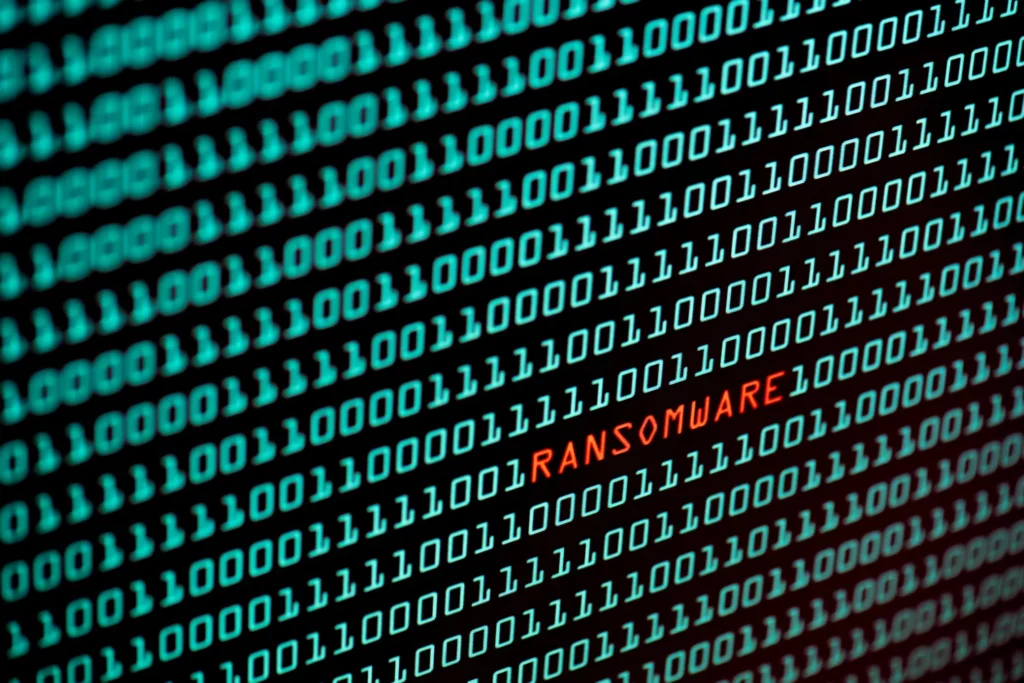Ransomware has become a ubiquitous threat to businesses and individuals alike, and its evolution continues with new strategies and technologies. At the dawn of the quantum era, cybercriminals are adapting their methods to cope with more robust security systems. Against this backdrop, two major trends are shaping the future of ransomware: the adoption of quantum-resistant encryption techniques, and the rise of the Ransomware-as-a-Service (RaaS) model.
Quantum-proof encryption
The advent of quantum computing represents a revolutionary technological advance, but it also poses security challenges. Quantum computers have the potential to break the encryption algorithms currently in use, potentially rendering existing data protection methods ineffective. Faced with this threat, some ransomware groups are already exploring encryption algorithms resistant to quantum computers.
One example of these new encryption technologies is NTRU, a post-quantum algorithm designed to withstand the capabilities of future quantum computers. Although quantum computers are not yet widely available, cybercriminals are anticipating this development by adopting these technologies to protect their attacks themselves. The aim is to ensure that even with advanced computing capabilities, the decryption keys used by authorities or victims will remain useless against these new techniques.
Why is this transition crucial?
Post-quantum encryption isn’t just a response to a hypothetical threat; it’s a proactive measure that could ensure cybercriminals that their attacks remain effective for decades to come. This highlights a worrying trend where attackers themselves are adopting cutting-edge technologies faster than some companies and governments, exacerbating the security gap. As quantum computing becomes a reality, ransomware resistant to these technologies could become the norm, increasing the complexity of defending against these attacks.
Adoption of the Ransomware-as-a-Service (RaaS) model
In parallel with technological advances, the Ransomware-as-a-Service (RaaS) model is emerging as a preferred method for cybercriminals seeking to launch attacks without developing the malware themselves. RaaS works on the same principle as a conventional commercial service: developers create and maintain sophisticated ransomware, which they then rent out to other malicious actors. In exchange, the developers receive a share of the ransom money collected.
Accessibility and democratization of ransomware
The rise of RaaS has radically changed the ransomware landscape. Once the preserve of experienced cybercriminal groups, the creation and distribution of ransomware is now accessible to individuals or groups with little or no technical skills. With RaaS kits available on underground forums or the dark web, almost anyone can launch a sophisticated attack.
This democratization of cybercrime has contributed to a significant increase in the frequency of attacks. Ransomware is no longer reserved for large-scale targets, such as major corporations or critical infrastructures. Now, even small businesses and individuals can be the target of attacks orchestrated by opportunistic criminals using RaaS tools.
Impact of RaaS on the diversity of attacks
As well as multiplying the number of attacks, the RaaS model has also led to increased diversity in the tactics used. Each group or individual using a RaaS kit can tailor the attack to their specific objectives, introducing ransomware variants that are harder to detect and combat. This has also led to the formation of alliances between different criminal actors, sharing information and resources to improve the effectiveness of attacks.
One of the most alarming aspects of RaaS is that, like any commercial service, it improves over time. Ransomware developers often offer technical support to their “customers”, fixing bugs and offering updates to improve attack efficiency. As a result, the ransomware available via RaaS is becoming increasingly sophisticated, making the task of cybersecurity teams ever more complex.
Conclusion
The future of ransomware is marked by technological and organizational innovations that further complicate the fight against these cyberthreats. Quantum computer-resistant encryption could enable cybercriminals to maintain the effectiveness of their attacks in the quantum era, while the Ransomware-as-a-Service model opens the door to a democratization of ransomware, increasing the number and variety of attacks.
To face up to these new threats, companies will need not only to strengthen their security systems, but also to anticipate technological developments. The era of post-quantum ransomware and RaaS demands more robust cybersecurity solutions, heightened vigilance and constant adaptation to new attack methods.


